Mary Jo McConahay
San Francisco, CA
- 2020
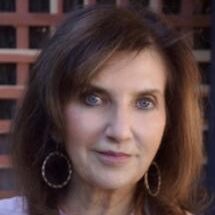
Fellowship Title:
- The Catholic Church - Where is it Going
Fellowship Year:
- 2020
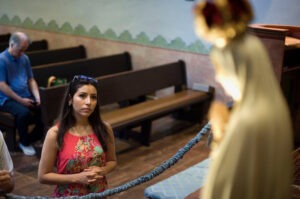
Where is the Future of the Catholic Church? Watching Young Adults Drop Out
The Catholic Church in the United States is split over the role of women, and whether Joe Biden should receive Holy Communion, but these divisions pale in comparison to the gap between the hierarchy and many young Catholics. They are dropping out in a quiet, steady stream, with grave implications for the future of the country’s largest religious denomination. Irene, a twenty-nine-year old woman in San Francisco who was raised Catholic, no longer attends Sunday mass and ignores other obligations of the faith. As a child she went to church with her parents, and most of her friends were Catholic. Sometimes they played “procession,” sprinkling flowers on a garden path to an “altar” they had decorated, taking turns at first in line. At her Catholic high school, students planned a weekly liturgy by themselves. “I always looked forward to it,” she told me. At a Catholic university, she went to weekday evening masses at the campus chapel – “they were smaller than Sunday masses,” so participants “got to know each other.” Some Sundays, she walked
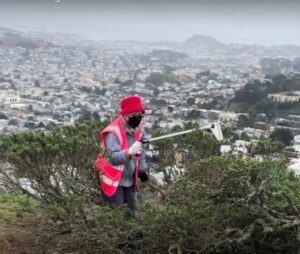
Pope’s Environmental Stand Splits Catholics
The ecological concern Pope Francis has sparked among Catholics –and resistance to it– reflect how the faithful are split over the climate emergency, the role of capitalism, and where 1.3 billion global Catholics should put their money and clout. Powerful detractors say Pope Francis’s attention to climate change comes close to paganism, an attempt to turn environmentalism into a religion. Supporters steer money away from fossil fuels, taking a moral stand against destruction of the earth. Francis’s planned attendance at the November U.N. climate change conference in Glasgow, COP26, is only the most recent example of his environmental focus. The first encyclical written entirely by the pope, Laudato Si’, On Care for Our Common Home (2015), addressed “to every living person on this planet, linked human beings with all of creation, describing a God-given interconnectedness that obligates people to make decisions in light of protecting the earth, while preserving human dignity. He criticized the belief that science and technology alone will save the world from destruction. And he called “all people” to an “ecological conversion”
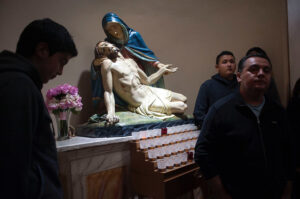
Fractured Worship
The small congregation of Roman Catholic women gathered for Mass not in a church but a living room, with a woman presider rather than a male priest. After the homily, each of the women offered a brief reflection. They took Holy Communion in the form of bread, not a wafer. The group has met for twenty years, every other Sunday, alternating among living rooms in Oakland and Richmond, California, and during the pandemic they met on Zoom. Catholics today do not celebrate Mass in a uniform way, an example of greater divisions over the role of women, acceptance of homosexuals, use of the old Latin Mass, even over allegiance to Pope Francis. This California house church is part of the fractured picture of Catholic worship. At the opposite pole are traditionalists who reject the modern Mass in English altogether, choosing instead what is called the Traditional Latin Mass (TLM), the rite used before the modernizing reforms of the landmark Second Vatican Council (Vatican II, 1962-65). For traditionalists the Latin Mass is more “authentic”; since 2007
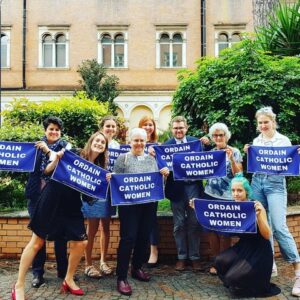
Sign of Catholic Divide – Women Want a Bigger Role in the Church
The small congregation prayed, sang, and listened to readings from scripture as any other Roman Catholics might do at Mass, rendering particular reverence at the moment of consecration, when the faithful believe bread and wine become the body and blood of Jesus Christ through the words of the priest. The main difference between this Mass and thousands of others I have attended in my life was that the celebrant was a woman. Rev. Maria Eitz was a slender, mature woman wearing a long dress, with a stone pendant around her neck that caught the light from tall church windows. Eitz preached on social justice, prayed for immigrant children stuck at the border, and quoted Cornell West: “Justice is what love looks like in public.” During traditional requests for prayer, the man next to me said, “Bless the women bishops. The men bishops can only seem to speak about one thing – abortion – when so much else needs attention.” As a cradle Catholic (baptized as an infant) I felt wary and disoriented at first to
